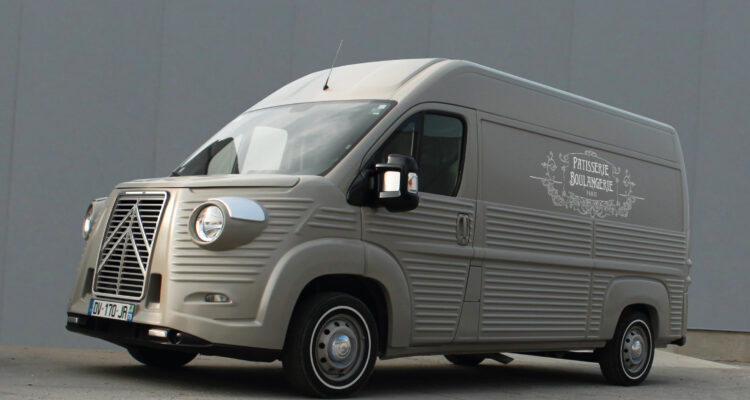Citroën’s Type H van was in production from 1947 until 1981 and generated an enthusiastic following. Thanks to Caselani’s glass fiber reinforced polymer composite body panels manufactured using AOC resins, recreating the look of the corrugated metal body panels of the Type H van is possible.
Caselani CEO Fabrizio Caselani hatched the idea for the project when he planned to travel Europe with his family in a classic Type H van and found that the van was too small. Instead using a modern Citroën vehicle, he created a camper van with Type H styling. A video posted of his van went viral and Type H fans ordered 100 vans for a limited-edition run that celebrated the Type H’s 70th anniversary. Demand grew and Caselani started retrofitting vans and eventually moved into creating composite body kits.
A complete conversion kit consists of about 20 different composite parts to be glued onto the original bodywork using special polyurethane glue mixtures and sealant to keep water and air out. Some components are completely replaced, including the front end.
AOC’s Synolite™ 8388-I-1 and Atlac® E-Nova MA 6325 resins are used to manufacture the composite body panels by hand lay-up processes. The materials offer low styrene emission, low shrinkage, and excellent strength and stability at elevated temperatures.
“We appreciate AOC’s great technical support and the high-quality resins supplied,” said Caselani CEO Fabrizio Caselani. “AOC’s resins are providing ease of processing and predictable, high performance of the final parts.”
Body kits are now available for panel vans, minibuses, campers, and even food trucks, featuring different deck lengths, roof heights, and colors. Caselani is currently converting 400 vans per year and plans to release new models as well.


